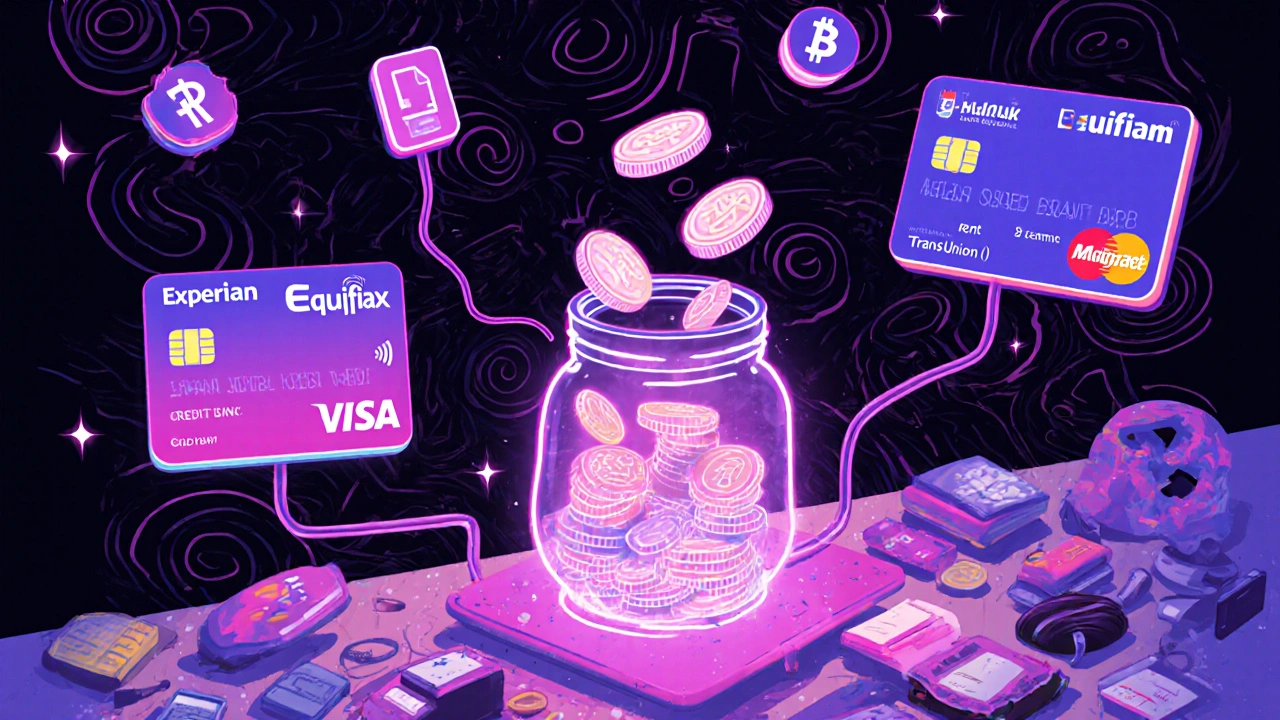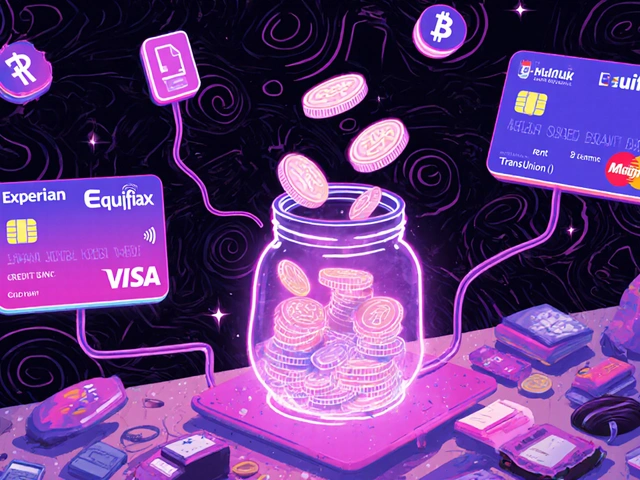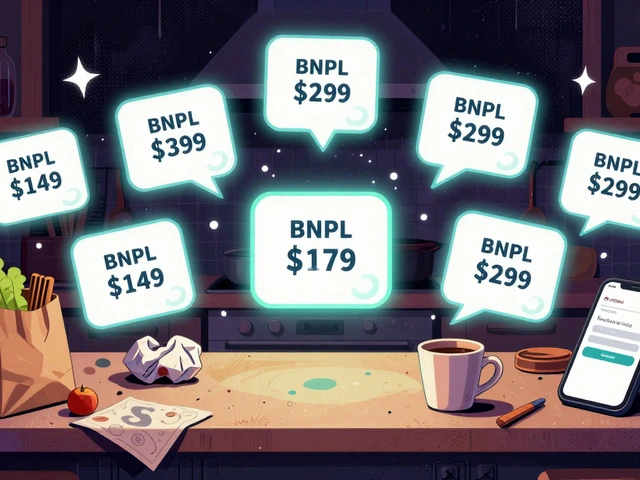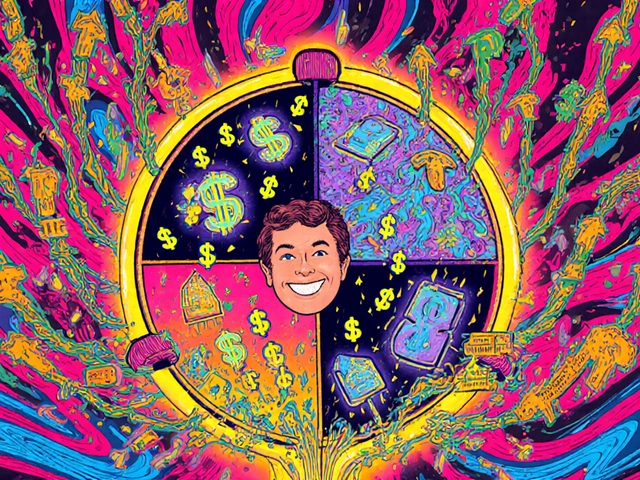Alternative Credit Data: What It Is and How It Changes Lending
When you think of credit, you probably think of your FICO score. But alternative credit data, information from non-traditional sources like rent payments, utility bills, and bank cash flow that helps assess financial responsibility. Also known as non-traditional credit, it’s turning the old lending rules upside down by giving people with thin or no credit files a real shot at loans, apartments, and even jobs. This isn’t science fiction—it’s happening right now, quietly, in the background of your bank app, your landlord’s screening system, and the fintech loan you didn’t even know you qualified for.
Traditional credit scores rely on a narrow slice of your financial life: credit cards, auto loans, and mortgages. But millions of Americans don’t use those products. Maybe they’re young, recent immigrants, freelancers, or just avoid debt. That doesn’t mean they’re risky. fintech lending, lending powered by data-driven models that go beyond credit bureaus to evaluate real-time financial behavior is filling that gap. Companies now look at how consistently you pay your phone bill, whether your checking account stays above zero, or if you pay your rent on time every month. These patterns, when analyzed correctly, are better predictors of future repayment than a 30-year-old scoring model. And it’s not just startups doing this—major banks and even government-backed lenders are starting to use these signals to approve more people, faster.
It’s not magic. It’s math. And it’s getting smarter. credit scoring, the process of assigning a numerical value to a person’s likelihood of repaying debt is evolving from a single number to a dynamic profile. Instead of asking, "Do you have a credit card?" lenders now ask, "Do you pay your bills on time? Do you manage your cash flow? Do you avoid overdrafts?" The answers to these questions come from your bank statements, your rental history, even your subscription payments. And for the first time, people who’ve been locked out of credit because they didn’t play the old game are getting in.
This shift isn’t just about fairness—it’s about efficiency. Lenders who use alternative data see lower default rates. Borrowers get better rates. Landlords find more reliable tenants. Employers hire more responsibly. And all of it happens without asking for a single credit report. The data is out there. It’s just being used differently now.
What you’ll find in the posts below are real examples of how this works—how rent payment tracking changed someone’s loan approval, how a freelancer used bank flow data to get a business loan, and why some apps are quietly reshaping who gets credit in America. No jargon. No fluff. Just what’s actually happening, and how it affects you.





